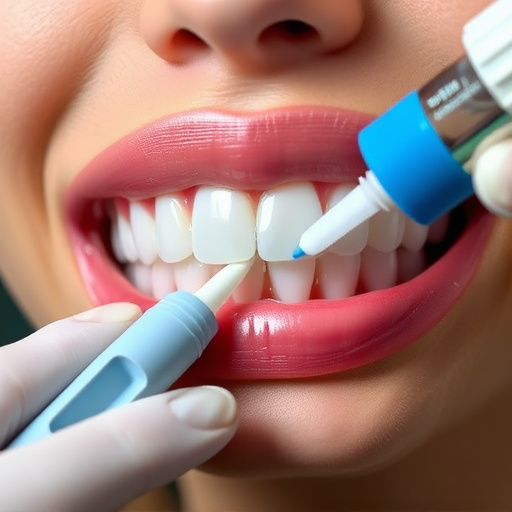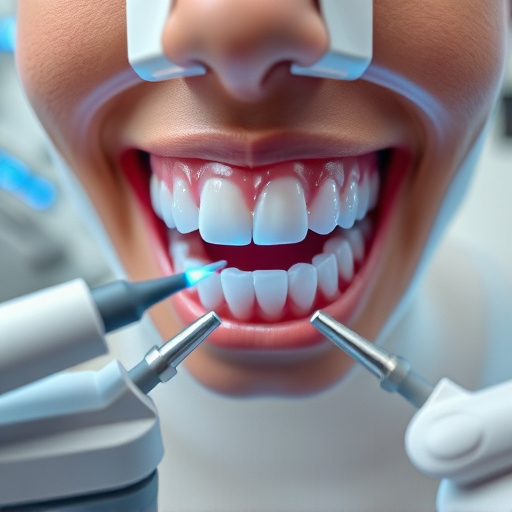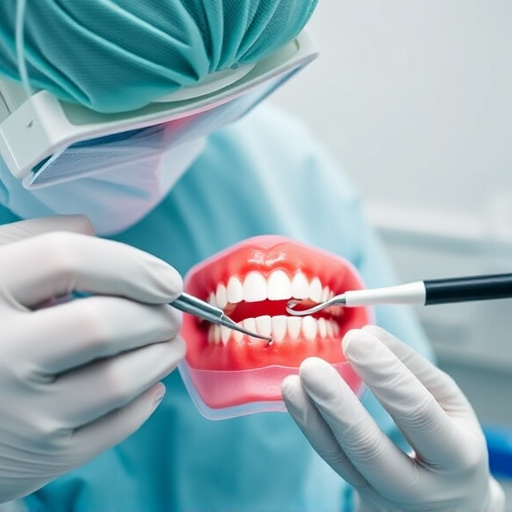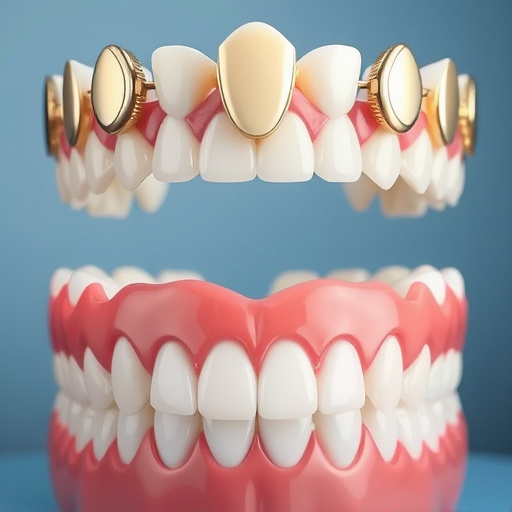Understanding dental insurance coverage and out-of-pocket expenses is crucial for financing dental treatment. Patients should inquire about costs, budget accordingly, and consider options like savings plans or third-party financing. Maximizing insurance benefits and offering flexible payment plans enhance accessibility to general dentistry services, improving oral health outcomes by removing financial barriers.
Financing dental treatment can be a complex process, but with proper coordination and understanding of insurance coverage, it doesn’t have to be overwhelming. This guide breaks down the essentials of navigating dental insurance and managing out-of-pocket expenses. We’ll explore effective strategies for coordination and discover financing solutions that ensure access to quality oral care. By the end, you’ll be equipped to make informed decisions about your dental health and budget.
- Understanding Dental Insurance Coverage
- Navigating Out-of-Pocket Expenses
- Strategies for Effective Coordination & Financing Solutions
Understanding Dental Insurance Coverage
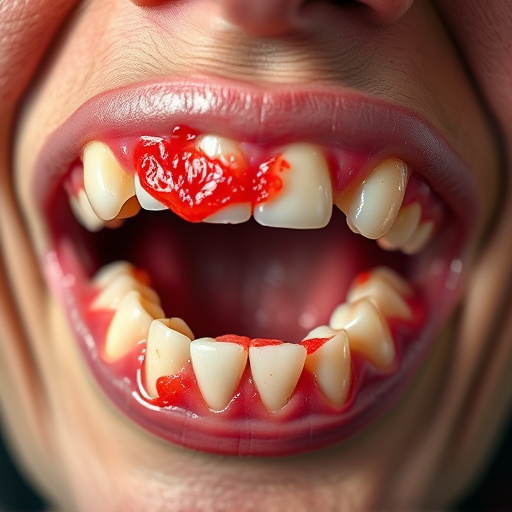
Dental insurance coverage can vary greatly depending on the plan chosen and the provider. Understanding what your policy covers is a crucial step in financing dental treatment effectively. Most plans include basic services such as routine check-ups, cleanings, and general dentistry procedures like fillings and minor restorative work. However, it’s essential to review the details regarding major restorative dentistry treatments, such as wisdom tooth removal or more complex procedures, as these might require out-of-pocket expenses.
Knowing your coverage can help you prepare for potential financial obligations. For instance, some plans may have deductibles that must be met before insurance starts covering costs. Others might have co-pays for specific services, meaning you’ll share the expense with your insurance provider. By familiarizing yourself with these aspects of dental insurance coordination, you can better navigate the process of financing your desired treatments, whether it’s a routine checkup or more specialized care like that offered in general dentistry practices.
Navigating Out-of-Pocket Expenses

When planning for financing dental treatment, understanding out-of-pocket expenses is a crucial step. Many dental procedures, from routine checkups to complex treatments like dental crowns or tooth repair, involve costs that aren’t always covered by insurance. It’s essential to inquire about and budget for these potential expenses upfront.
Navigating these out-of-pocket costs requires careful consideration of your financial situation. Some patients opt for dental savings plans or third-party financing options to help offset unexpected bills. Comprehensive dental care often involves a combination of insured services and out-of-pocket treatments, so being prepared financially can ensure you access the necessary care without undue stress.
Strategies for Effective Coordination & Financing Solutions

Effective coordination and financing solutions are key to navigating the cost of dental treatments. One strategy is financing dental treatment plans that spread out expenses over time, making them more manageable. This can involve working with insurance providers to maximize coverage for various procedures, including routine dental cleanings and more advanced services like cosmetic fillings.
Additionally, dental practices can offer in-house financing options or partner with financial institutions to provide flexible payment plans tailored to individual patient needs. This approach ensures accessibility to essential general dentistry services without the burden of significant upfront costs, ultimately improving oral health outcomes for patients.
Financing dental treatment doesn’t have to be a daunting task. By understanding your insurance coverage, strategically managing out-of-pocket expenses, and employing effective coordination strategies, you can achieve the smile of your dreams while maintaining financial control. Remember, with the right approach, accessing quality dental care becomes more manageable than ever.


